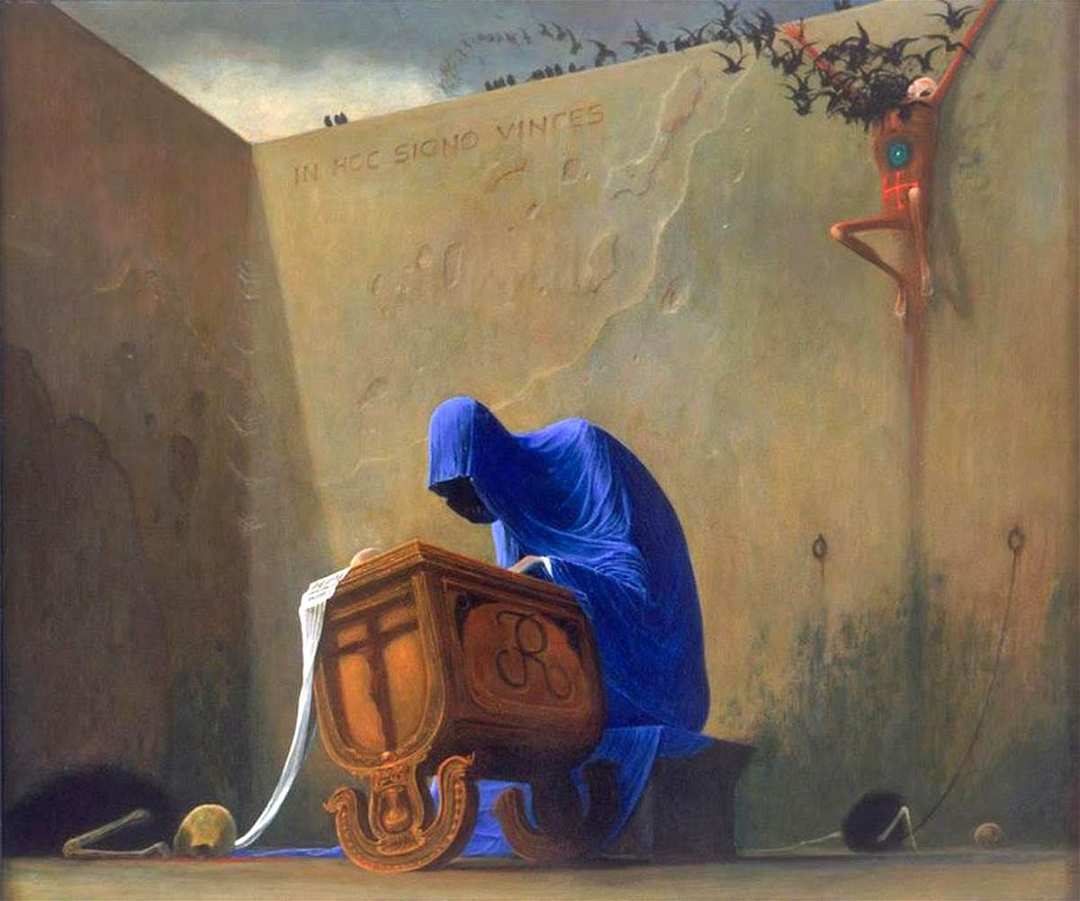“I guess everybody’s got a dream and we’re all hoping to see it come true,” muses Giovanni Mimmo Mancusou, a philosophical native of Calabria, the lovely, sun-drenched region forming the toe of Italy’s boot, above. “A dream coming true is better than just a dream.”
Filmmakers Jan Vrhovnik and Ana Kerin were scouting for subjects to embody “the very essence of nostalgia” when they chanced upon Mancusou in a corner shop.
A lucky encounter! Not every non-actor — or for that matter, actor — is as comfortable on film as the laidback Mancusou.
(Vrhovnik has said that he invariably serves as his own camera operator when working with non-actors, because of the potential for intimacy and intuitive approach that such proximity affords.)
Mancusou, an advocate for simple pleasures, also appears to be quite fit, which makes us wonder why the film’s description on NOWNESS doubles down on adjectives like “aging”, “older” and most confusingly, “wisened.”
Merriam-Webster defines “wizened” with a z as “dry, shrunken, and wrinkled often as a result of aging or of failing vitality” … and “wisened” not at all.
Perhaps NOWNESS meant wise?
We find ourselves craving a lot more context.
Mancusou has clearly cultivated an ability to savor the hell out of a ripe tomato, his picturesque surroundings, and his ciggies.
“Serenity, joy, ecstasy” is embroidered across the back of his ball cap.
His manner of expressing himself does lend itself to a “poetic thought piece”, as the filmmakers note, but might that not be a symptom of struggling to communicate abstract thoughts in a foreign tongue?
We really would love to know more about this charming guy… his family situation, what he does to make ends meet, his actual age.
Home movies accompany his nostalgic reverie, but did he provide this footage to his new friends?
Did they hunt it down on ebay? It definitely fits the vibe, but is the man with the eyebrows Mancusou at an earlier age?
Our star pulls up to a small petrol station, declares, “All right, here we go,” and the next frame shows him wearing a headlamp and magnifier as he peers into the workings of a pocket watch:
Time out of mechanical. It’s magic.
Is this a hobby? A profession? Does he repair watches in a darkened gas station?
The filmmakers aren’t saying and the blurred background offers no clues either. Curse you, depth of field!
We’re not even given his home coordinates.
The film, part of the NOWNESS series Portrait of a Place, is titled Paradiso, and there is indeed a village so named adjacent to the town of Belvedere Marittimo, but according to census data we found on line, it has only 14 residents, 7 male.
If that’s where Mancusou lives, he’s either 45–49, 65–69, 70–74, or one of two fellows over age 74…and now we’re really curious about his neighbors, too.
No shade to Signor Mancuso, but we’re glad to know we’re not the only viewers left unsatisfied by this portrait’s lack of depth.
One commenter who chafed at the lack of specificity (“this video is a random portrait of basically anyone in the world that is happy with the little he has”) suggested the omissions contribute to an Italian stereotype familiar from pasta sauce commercials:
People in Italy actually work and have ambitions you know? And often are very well-educated and hard-working. The perspective of Italy that you have comes from the American media and Italian post-war neorealism. Indeed, Oscar-winning Italian people complained about the fact that what the media wants is seeing Italians wearing tank tops doing nothing if not mafia or smelling the roses.
Watch more entries in the NOWNESS Portrait of a Place series here.
Related Content
What Are the Keys to Happiness? Lessons from a 75-Year-Long Harvard Study
A Guide to Happiness: Alain de Botton’s Documentary Shows How Nietzsche, Socrates & 4 Other Philosophers Can Change Your Life
Positive Psychology: A Free Online Course from Harvard University
The Science of Well-Being: Take a Free Online Version of Yale University’s Most Popular Course
- Ayun Halliday is the Chief Primatologist of the East Village Inky zine and author, most recently, of Creative, Not Famous: The Small Potato Manifesto. Follow her @AyunHalliday.






